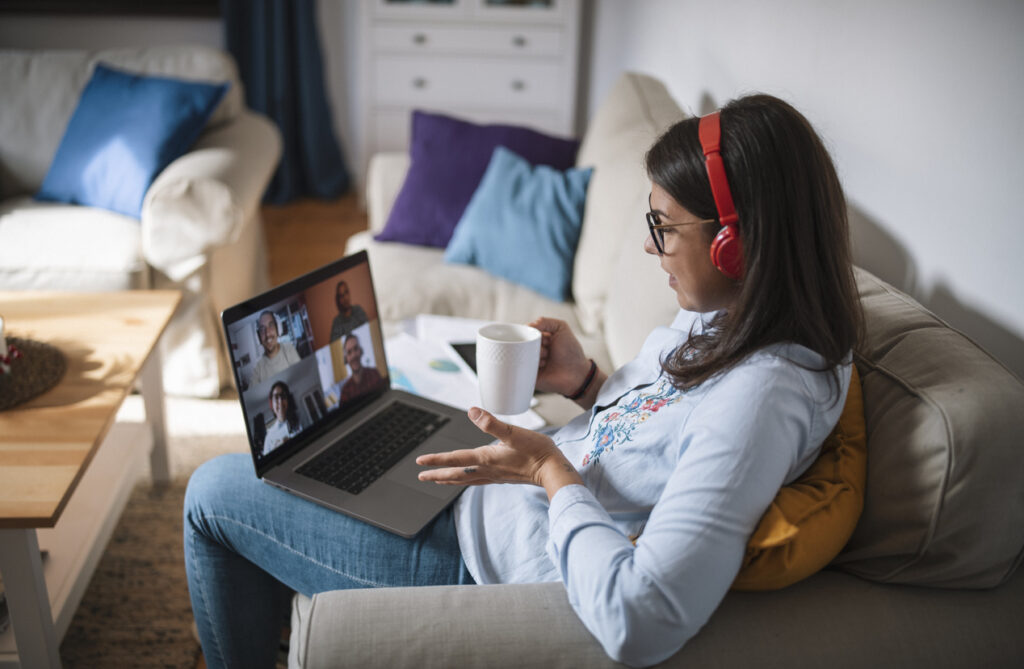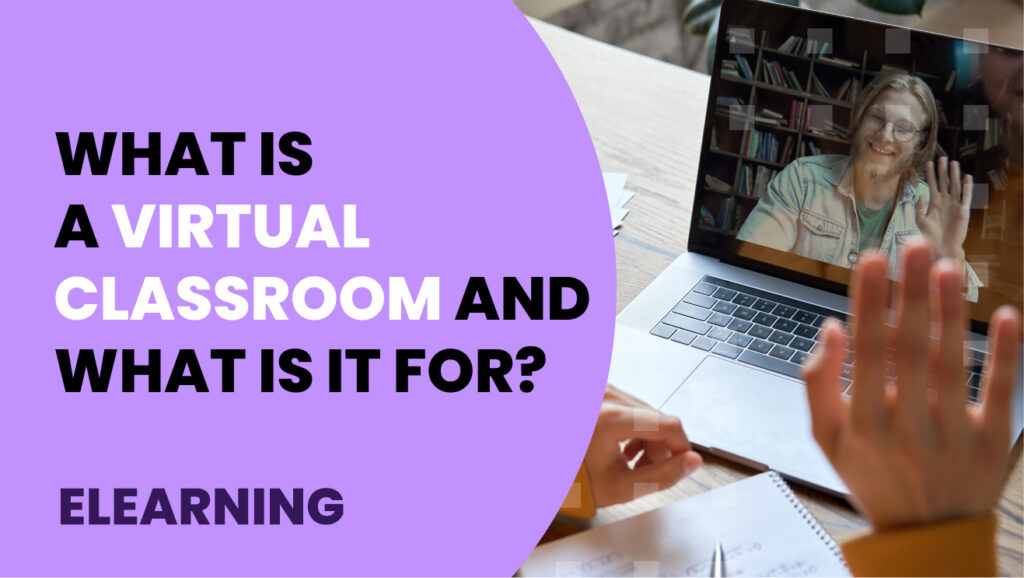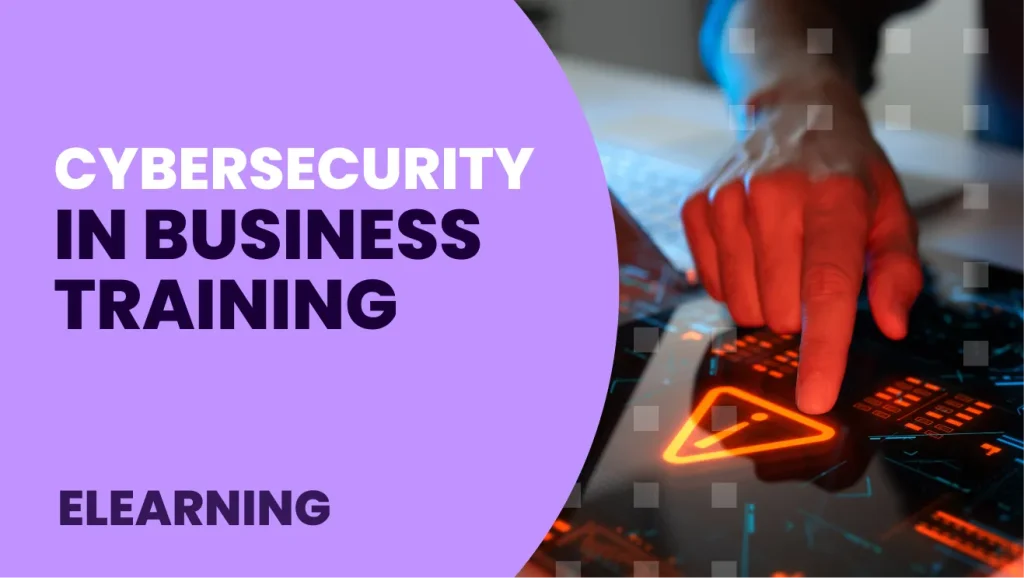You may have heard the terms “virtual classroom” or “virtual learning,” but do you really know what they mean?
We tell you all about the benefits for students and teachers, and how to get the most out of it.
By definition, the virtual classroom is the digital environment where knowledge is shared and learning occurs in real time.
Features of a virtual classroom
The key features of a virtual classroom are the ability to connect anytime and anywhere, customization, ease of use, and interactivity.
Thanks to the personalization of content and gamification, success is exponential because it is a type of learning where there is more active interaction than in the traditional classroom.
Let’s take a look at some of the characteristics of virtual classrooms and how they differ from traditional classrooms.

Differences between Traditional and Virtual Classrooms
In traditional classrooms, teaching is done through verbal and written communication, while in virtual classrooms, resources such as images, videos, multimedia files, etc. are used, always through a computer, tablet, or mobile phone.
E-learning methodology
The teacher or tutor must have some experience or specialization in e-learning methodology and work in a digital environment based on ICT and the Internet, knowing how to use online educational platforms and their tools.
Within an e-learning platform, there are virtual classrooms where the tutor and the student share content in real time, i.e. synchronously.
Benefits and advantages of virtual classrooms
Virtual classes have great advantages that can bring important benefits if we know how to use them well.
Let’s mention the most important ones:
24/7 access
Both teachers and students can manage their own time.
In the case of teachers, they can prepare their syllabus in advance, and in the case of students, they can study the syllabus by organizing their time and making deliveries through schedules.
No geographic limitation
Learning is open to anyone, anywhere in the world.
The physical space in traditional classrooms sometimes becomes complicated and creates a space-time barrier.

Self-learning
Although the tutor is always present, virtual classrooms encourage self-directed learning. The teacher provides the curriculum and the tools necessary to learn, while the student imposes self-discipline to carry out the training.
What is a virtual classroom for?
The main objective of a virtual classroom is to create an environment very similar to a face-to-face classroom, where students can access and develop actions typical of a face-to-face teaching process, such as reading, doing exercises, asking questions to the teacher, etc.





